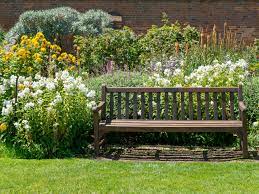David Wall/ Contributing Writer
As global warming continues to increase (yes, global warming is real), our summers are becoming unreal. Summers are drought times, with the only question being when in May or June are rains going to cease until sometime in September. Temperatures get into the hundreds and stay there for longer periods. Pollen hardens, and pollination becomes difficult if not impossible, all of which combine to cause vegetable plants to either greatly reduce or totally cease fruit production, waiting for cooler weather in mid to late September.
Temperatures at 104° under bright sun can easily raise soil temperatures anywhere from 150° to 160° and beyond, quickly drying out the soil, even if you’ve just watered. Plant roots near the surface don’t last very long under such conditions. It’s so bad this year, our okra plants which were 10’ tall last year stopped growing a 6’ this year and pod production is only 20% of last year, this from plants that love heat.
With the heat and drought conditions this summer, drip irrigation is not the answer. It tends to cause wet spots and drain water away from areas that really need it. A spray system gets better coverage. Also, forget the myth and don’t buy into the argument that moisture on the leaves leads to disease, particularly if you’re into organic gardening. Just use a sprayer. Drip systems might save some water, but if the plants die, what have you accomplished? Right now, we’re more interested in plant survival and present/future fruit production.
Normally, for lawn and garden, you weekly put down an inch of water slowly, taking 15-30 minutes to do so. In this heat, add at least another inch and water considerably faster. Even more waterings, such as multiple waterings per week won’t hurt. I’m watering 5-6 times per week.

